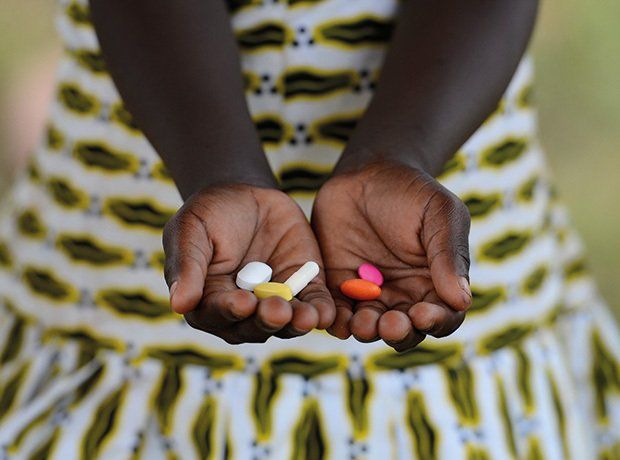Study: Polypharmacy Leads to More Drug Interactions for Patients
Taking multiple prescription drugs and supplements can be especially dangerous for individuals with cancer who are about to undergo therapy.
Taking multiple prescription drugs and supplements can be especially dangerous for individuals with cancer who are about to undergo therapy.
Taking multiple prescription drugs and supplements, known as polypharmacy, can make individuals more prone to harmful drug interactions, which can be especially dangerous for those with cancer who are about to undergo therapy, according to the results of a new study published in The Oncologist.
However, taking multiple medications poses risk and can be difficult to manage for those without cancer as well, Erika Ramsdale, MD, an oncologist, geriatric specialist, and data scientist at the Wilmot Cancer Institute, said in a statement.
“As [physicians], we tell [individuals] to take medications, but we don't always do a great job of following up. From the patient perspective, if it's determined that a medication is no longer needed, it’s hard to stop taking it,” Ramsdale said.
“There’s a sense of, ‘What will happen if I stop?’ or ‘Are you giving up on me?’ A lot of uncertainty and emotions are tied up in this issue,” Ramsdale said.
The longer the list of drugs and supplements taken, the higher the risk of an individual inappropriately using medication and serious drug interactions, she said.
Because there are many specialties across health care, it sometimes lead to additional drugs being prescribed to offset the adverse events of the original medications, Ramsdale said.
The investigators analyzed a nationwide sample of 718 individuals with a mean age of 77 years who had stage 3 or 4 cancer and other common health conditions and analyzed their medication use. They studied data to look for potentially inappropriate medications that have higher risks than benefits, drug interactions, and drug-cancer treatment interactions. Drug interactions include effects, such as falls, functional decline, and even death.
Additionally, individuals who take several medications are also more likely to have anxiety or depression.
Of the 718 individuals, 70% were at risk of drug interactions, and 67% were taking at least 1 drug that was potentially inappropriate.
Furthermore, approximately 61% of the individuals were taking 5 or more medications prior to chemotherapy, and nearly 15% were taking 10 or more medications.
Approximately 68% of individuals also had other serious health issues besides cancer that required medications. Investigators noted that cardiovascular disease was the most common health issue. They also found that individuals with cancer and other health conditions have a greater risk of toxicity from cancer treatment because of polypharmacy.
Additionally, approximately 10% of hospital admissions for older individuals are associated with hazardous drug interactions. Among those with cancer receiving chemotherapy, polypharmacy is associated with dramatic increases of up to 114% in unplanned hospitalizations.
The most common potential drug interactions included cholesterol-lowering medications, minerals, and thyroid therapies.
Furthermore, more than 25% of medications used by individuals in the study were non-prescription and accounted for 40% of the potentially inappropriate medications determined by investigators.
Common non-prescription medications included anti-anemic preparations, such as ferrous sulfate; drugs for acid-related disorders and constipation; minerals; and vitamins.
The goal of the research is to promote better quality of life, and investigators are conducting a clinical trial to evaluate the best way to intervene in cases of polypharmacy among older individuals with cancer.
Reference
If you take several medications, 'polypharmacy' is a word to know. Science Daily. News release. May 17, 2022. Accessed May 19, 2022. https://www.sciencedaily.com/releases/2022/05/220517154614.htm



